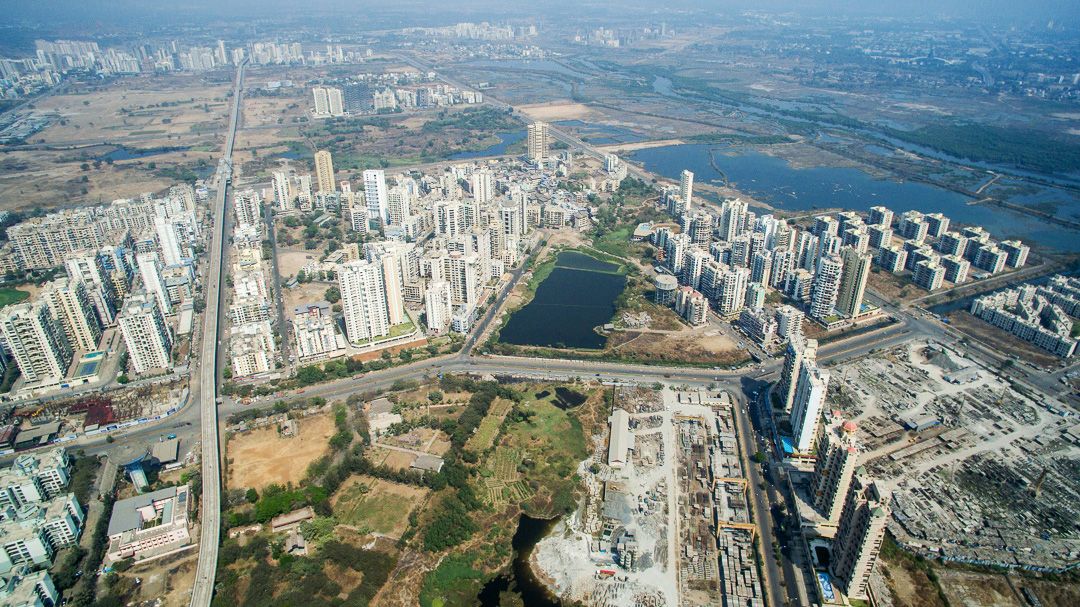The development of Navi Mumbai, today one of the world’s largest satellite cities, began in earnest in 1971. The planned garden city was supposed to usher in a sparkling new era of urban planning for India and attract residents from overcrowded Mumbai neighborhoods just across the bay. But like so many of history’s attempts to build an entire city from scratch, Navi Mumbai’s grand designs ended up looking better on paper than in practice.
Instead of easing congestion in Mumbai, Navi Mumbai has become a sprawling bedroom community for its larger twin. Real estate speculation now outpaces much-needed infrastructure improvements.
“Navi Mumbai did not develop in the way it should have originally, especially its commercial and administrative heart,” says Mustansir Dalvi, a professor of architecture at the Sir J. J. College of Architecture in Mumbai. “It ended up as a suburb of Mumbai. And it’s only now that one can say that it’s weening itself off the mother city. And not fast enough.”
While Navi Mumbai boasts certain advantages over Mumbai, such as a more orderly layout and numerous public parks, residents endure long commutes on overcrowded transport links and generally suffer from a lack of local cultural activities and pedestrian-friendly communities. Major highways snaking through massive walled residential compounds break up and isolate the city’s neighborhoods.
Attempts to shore up Navi Mumbai’s economic potential now include a number of mega-projects including an international airport, a Special Economic Zone, and an additional bridge over the bay that links to downtown Mumbai. Such stimuli will no doubt help create jobs and business opportunities, but it’s not clear that they will do much to address quality of life issues.
In the meantime, real estate developers continue to reap big profits by expanding Navi Mumbai neighborhoods such as Kharghar, Panvel, and Ulwe. This patchwork of urban sprawl falls far short of the “smart cities” vision proposed by Prime Minister Narendra Modi. A new identity buttressed by sustainable planning needs to be carved out for Navi Mumbai, especially as Mumbai continues to struggle with its own growing pains across the bay.
| Attachment | Size |
|---|---|
| 0 bytes |











